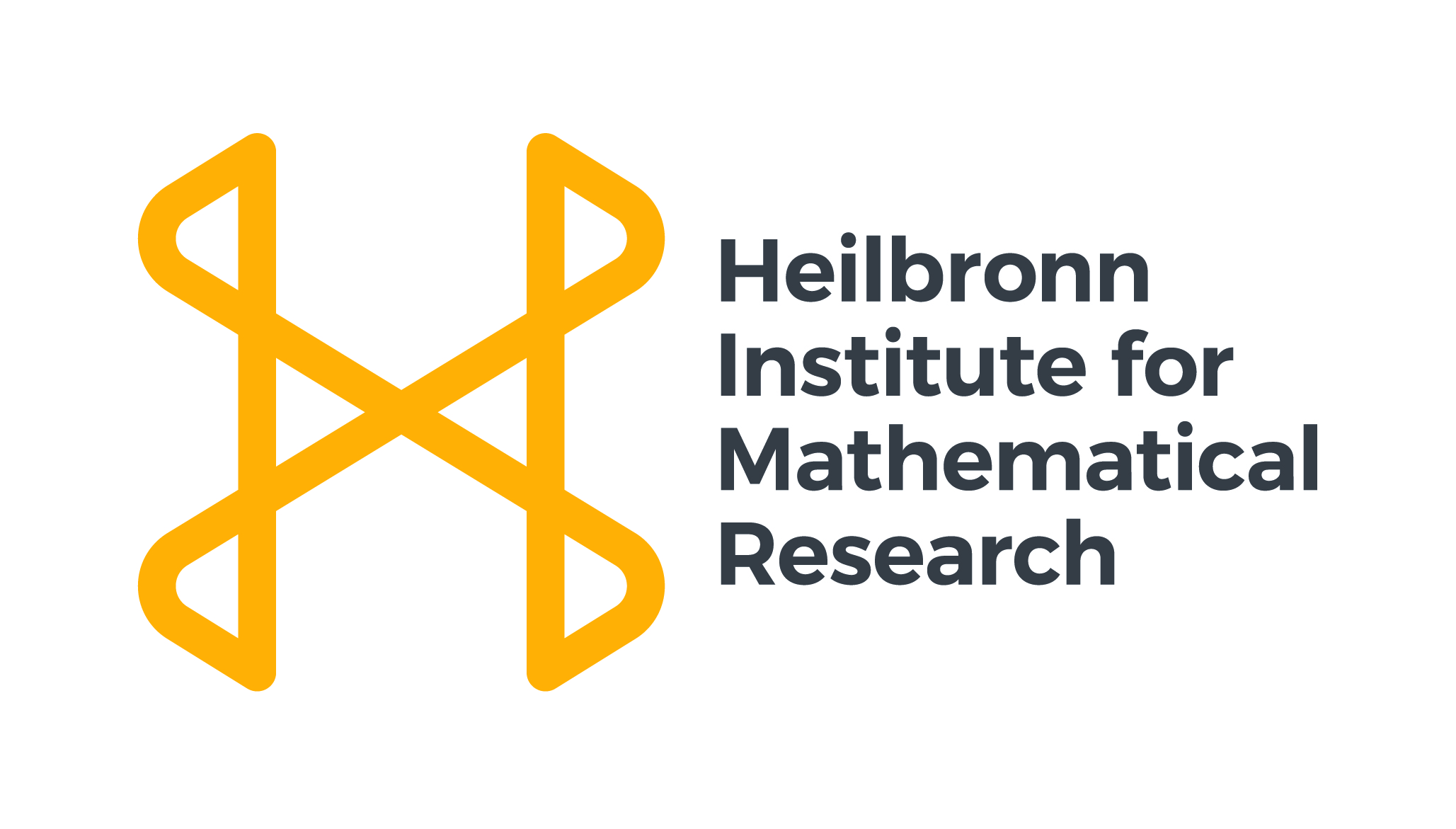Next Meeting
Cardiff University - Thursday 10th July
The next meeting of the COW will take place at Cardiff University on Thursday 10th July 2025. The meeting will run from 2pm to 6pm. All talks will take place in room 3.38 of the Abacws Building.
Speakers:- Mark Gross (Cambridge)
- Bernhard Keller (Université Paris Cité)
- Richard Thomas (Imperial)
For those who do not wish to attend the meeting in-person, we also plan to broadcast talks live using Microsoft Teams. Information about how to join the Teams meeting will be circulated to the COW mailing list the day before the meeting. If you would like to join the COW mailing list, instructions on how to do so may be found on the mailing lists page. If you would like to attend the meeting remotely but do not want to join the mailing list, please send an email to Alan Thompson (A.M.Thompson (at) lboro.ac.uk) requesting the meeting information.
Schedule
| Time | Speaker | Title |
| 2:00pm | Mark Gross | Vector fields on intrinsic mirrors |
| 3:30pm | Bernhard Keller | Higgs categories and cluster algebras with coefficients |
| 5:00pm | Richard Thomas | A Hopf index for isotropic sections of bundles with quadratic forms |
Funding and Travel Claims
The COW has some funding to cover travel expenses for UK-based PhD students and postdocs. The COW is currently funded by the Heilbronn Institute for Mathematical Research under the UKRI/EPSRC Additional Funding Programme for Mathematical Sciences and the London Mathematical Society under a scheme 3 grant. To ensure that we can fund as many participants as possible, we ask that participants purchase "advance" or "off-peak" train tickets where practical, and non-travel expenses (e.g. accommodation, food) cannot be covered. For those under the age of 30, we also recommend looking into getting a railcard, which can offer substantial savings on the cost of train travel around the UK. Information about how to submit a claim is available on the COW homepage here.
Abstracts
- Mark Gross (Cambridge) - Vector fields on intrinsic mirrors
- Siebert and I gave a general construction of mirror partners to log Calabi-Yau pairs, we called these mirror partners "intrinsic mirrors". This talk is about a small part of a larger project with Pomerleano and Siebert aimed at understanding this construction at a deeper level. I will explain how to construct vector fields on the mirror using enumerative geometry of the original log Calabi-Yau pair.
- Bernhard Keller (Université Paris Cité) - Higgs categories and cluster algebras with coefficients
- Higgs categories are certain(ex)triangulated categories which serve to categorify cluster algebras *with coefficients*. They generalize categories of modules over preprojective algebras and thus categories of Higgs bundles on (commutative or non-commutative) curves. They are associated to *ice* quivers with potential and also generalize the classical cluster categories constructed for acyclic quivers by Buan-Marsh-Reineke-Reiten-Todorov (2006) and for quivers with potential by Amiot (2009) as well as the categories studied by Geiss-Leclerc-Schroer between 2006 and 2013. In this talk, we will survey the theory of Higgs categories starting from their construction by Yilin Wu (2023) and ending with recent examples from higher Teichmuller theory building on work by Fock-Goncharov, Jiarui Fei, Ian Le, ..., Goncharov-Shen, Miantao Liu and Merlin Christ.
- Richard Thomas (Imperial) - A Hopf index for isotropic sections of bundles with quadratic forms
- The Hopf index theorem counts solutions of equations via a winding number. I’ll review this and give 8 equivalent formulations. Then I’ll describe 8 analogues for equations which form isotropic sections of bundles with quadratic form. There are applications to cosection localised virtual cycles and to DT4 virtual cycles, but mainly I’ll focus on more elementary topics. This is joint work with Martijn Kool, Jeongseok Oh and Jørgen Rennemo.
This page is maintained by Alan Thompson and was last updated on 17/06/25. Please email comments and corrections to A.M.Thompson (at) lboro.ac.uk.



